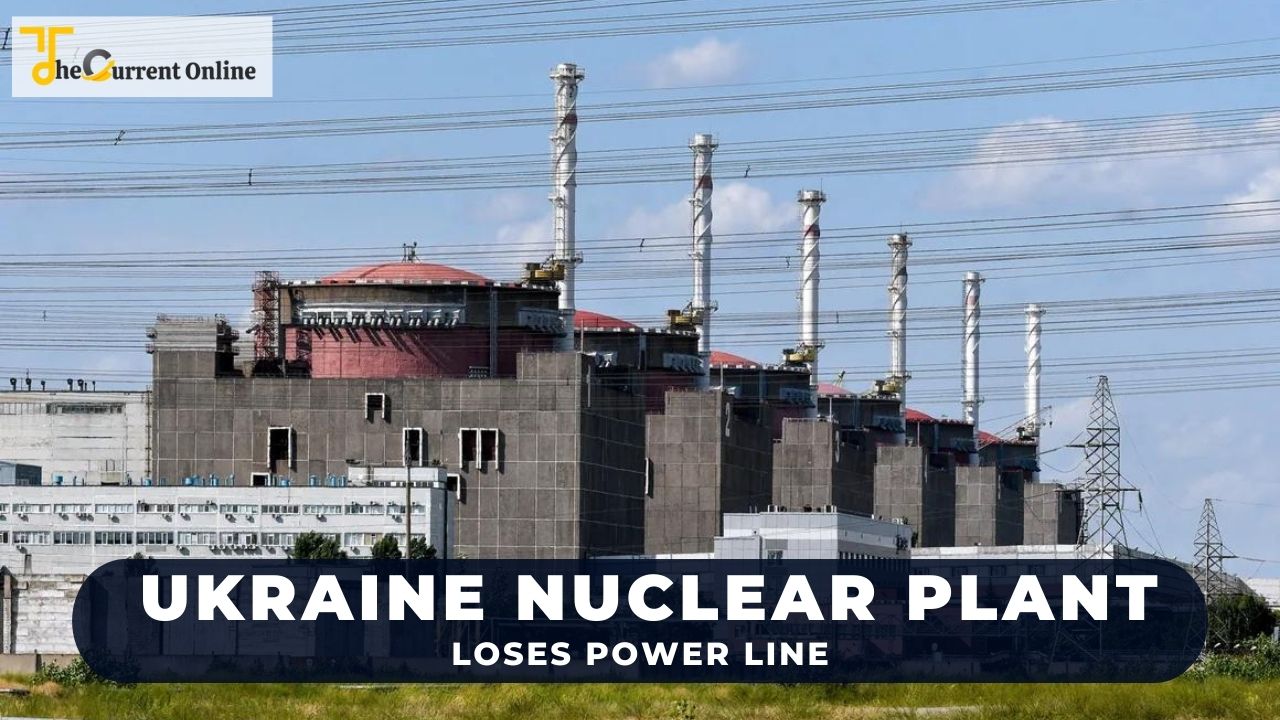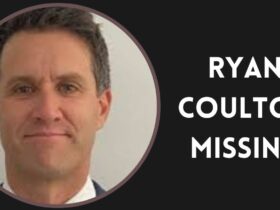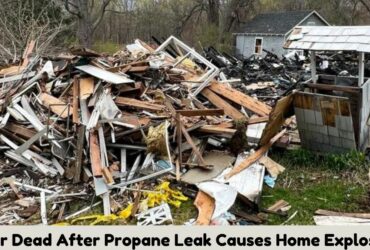The largest reactor in Europe, Zaporizhzhia, had its final main external power line cut off, but a backup line kept sending electricity to the grid, according to the International Atomic Energy Agency (IAEA).
According to a statement from the IAEA, only one of the station’s six reactors was still operational.
The facility, which Russian troops took control of soon after their invasion on February 24, has become the center of the dispute, with each side accusing the other of shelling the area around.
The stalemate over Russian oil and gas exports intensified last week as the G7 nations imposed a planned price ceiling on Russian oil exports and Moscow promised to keep its main gas pipeline to Germany shut down.
The conflict over energy is a result of President Vladimir Putin’s six-month invasion of Ukraine, highlighting the gap between Moscow and Western countries as Europe braces for the next winter.
In reference to the ongoing closure of the Nord Stream 1 pipeline, Ukrainian President Volodymyr Zelensky declared in his nightly address on Saturday that “Russia is preparing a decisive energy blow on all Europeans for this winter.”
Zelensky has attributed a cutoff on August 25 when the first Zaporizhzhia was disconnected from the national grid to Russian shelling, narrowly preventing a radiation release. Power outages were caused by the shutdown, however, emergency generators were activated to keep crucial cooling systems running.
Energy outages have been blamed on Moscow by the West and technical difficulties, while Europe has accused Russia of weaponizing supplies as part of an invasion.
Atomic concerns
Regarding attacks on the Zaporizhzhia facility, which is still run by Ukrainian employees, Kyiv and Moscow have traded allegations.
In anticipation of the publishing of a report by the UN nuclear watchdog in the coming days, an IAEA mission visited the plant on Thursday, and some specialists remained there.
I am finishing my first visit to #Ukraine’s #Zaporizhzhya Nuclear Power Plant.@IAEAorg is here to stay and will maintain a continued presence at #ZNPP. pic.twitter.com/k4zO3IMe2I
— Rafael MarianoGrossi (@rafaelmgrossi) September 1, 2022
The IAEA said on Saturday that the remaining inspectors observed one reactor was still providing energy “for cooling and other vital safety functions at the plant and for families, companies, and others through the grid.”
According to a statement from the plant, the fifth reactor was shut down because “the last reserve line did not have enough capacity to operate two reactors” and “continuous shelling by Russian occupation forces.”
The International Red Cross has warned that deteriorating conditions after the shelling have led to worries of a radiological disaster, which would result in a significant humanitarian crisis.
Russia is charged by Ukraine and the West with placing heavy weaponry at the location to deter Ukraine from shooting at it. Russia, which rejects the idea that such weapons exist there, has rejected requests from other countries to withdraw its soldiers and demilitarise the region.
On Saturday, the Russian defense ministry charged Ukrainian soldiers with launching an unsuccessful effort to seize the plant. Reuters was unable to confirm the report.
Turkey also made a facilitation offer on Saturday.
OIL AND GAS
State-controlled energy company Gazprom announced that it would not carry out a planned restart of gas exports through the Nord Stream 1 pipeline, one of Russia’s primary supply routes to Europe, and laid the blame on a technical issue.
On Saturday, Gazprom stated that Siemens Energy of Germany was prepared to assist in repairing damaged equipment, but that there was no place accessible to complete the operation. Although it is accessible, Siemens claimed it has not been hired to perform pipeline maintenance.
The indefinite delay in Nord Stream 1’s restart, which runs beneath the Baltic Sea to serve Germany and other countries, exacerbates Europe’s issues with fuel security for the winter as energy prices drive up living expenses.
The cap on the price of Russian oil, according to finance ministers from the Group of Seven wealthy democracies (Britain, Canada, France, Germany, Italy, Japan, and the United States), aims to lessen “Russia’s ability to fund its war of aggression while limiting the impact of Russia’s war on global energy prices.”
The Kremlin declared that it would halt oil sales to any nations that adopted the cap.
The invasion of Russia’s neighbor is described as “a special military operation.” According to Kyiv and the West, it is an unprovoked, aggressive attack against a former Soviet Union province.
New military aid has been promised to Kyiv by the US and other nations in order to fend off an invasion that has left millions of people homeless and thousands dead.
Last week, Ukraine started a counteroffensive against the south, especially the Kherson region, which had been captured by Russian forces earlier in the conflict.
(Writing by Susan Heavey and Simon Cameron-Moore; Editing by Nick Zieminski and William Mallard; reporting by Tom Balmforth in Kyiv; additional reporting by Michael Shields, Ron Popeski, and Reuters bureaus;
FAQs
How much nuclear energy is produced in Ukraine?
According to the World Nuclear Association, Ukraine has 15 nuclear reactors that produce roughly half of its electricity.
Does Ukraine possess nuclear weapons?
The majority of Ukraine’s nuclear services and fuel had previously come from Russia, but this reliance is now declining. In accordance with a contract signed in June 2022, Westinghouse will supply all of the fuel for the Ukrainian fleet.
Who manages nuclear power in Zaporizhzhia?
The other three nuclear power plants in Ukraine are all run by Energoatom.
Ukraine: a nuclear nation?
Nuclear energy will generate 70 TWh of all electricity in 2020 or more than 50%. Only Slovakia and France had a bigger share than this, which was the third-largest share. Ukraine is home to Europe’s biggest nuclear power plant. The most serious nuclear catastrophe ever was the Chornobyl incident in Northern Ukraine in 1986.
What occurs in the event of a nuclear power plant explosion?
A meltdown is regarded as being extremely severe since it has the potential to allow radioactive elements to escape (or be released) into the environment, causing radioactive contamination and fallout as well as the possibility of radiation poisoning of adjacent people and animals.




